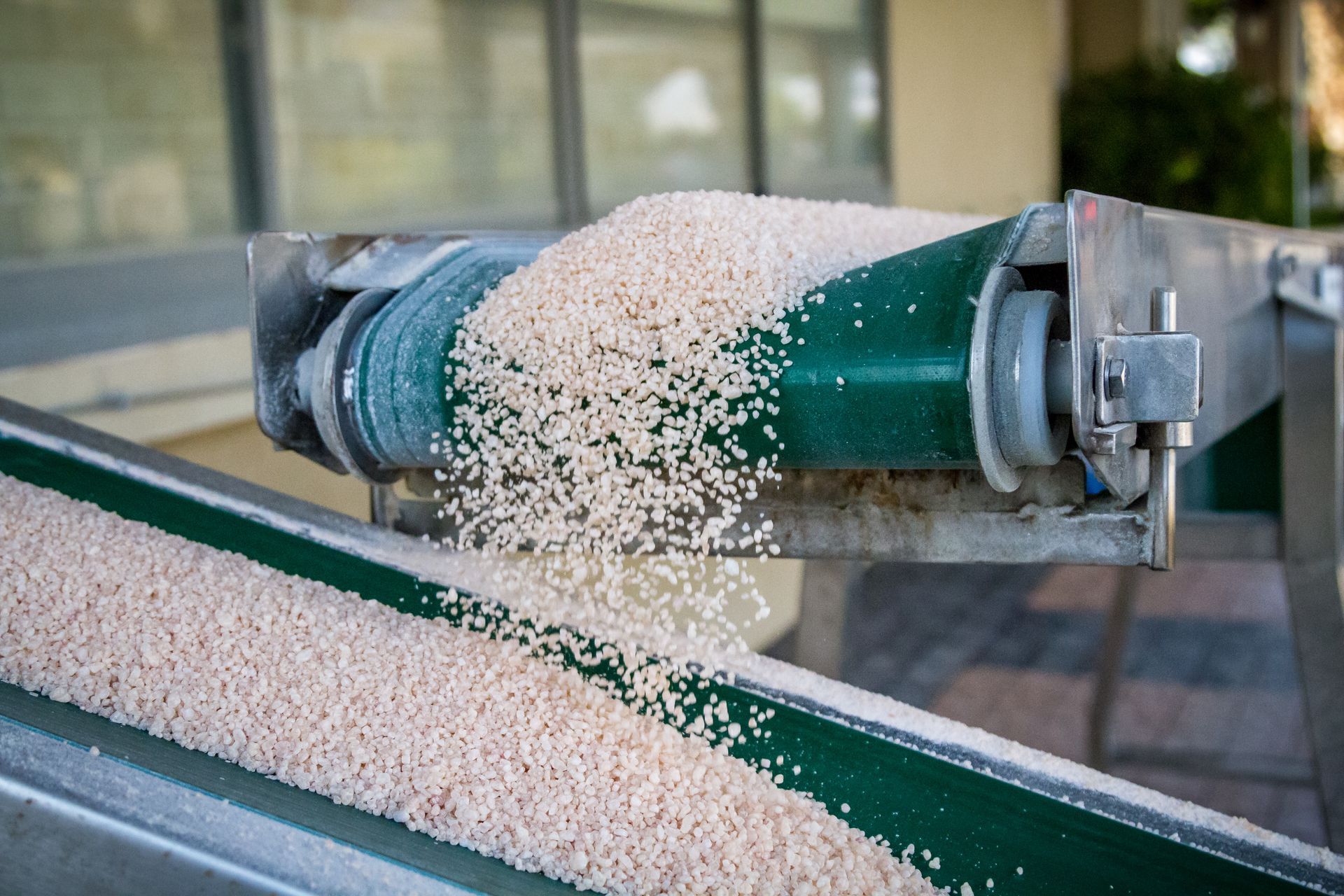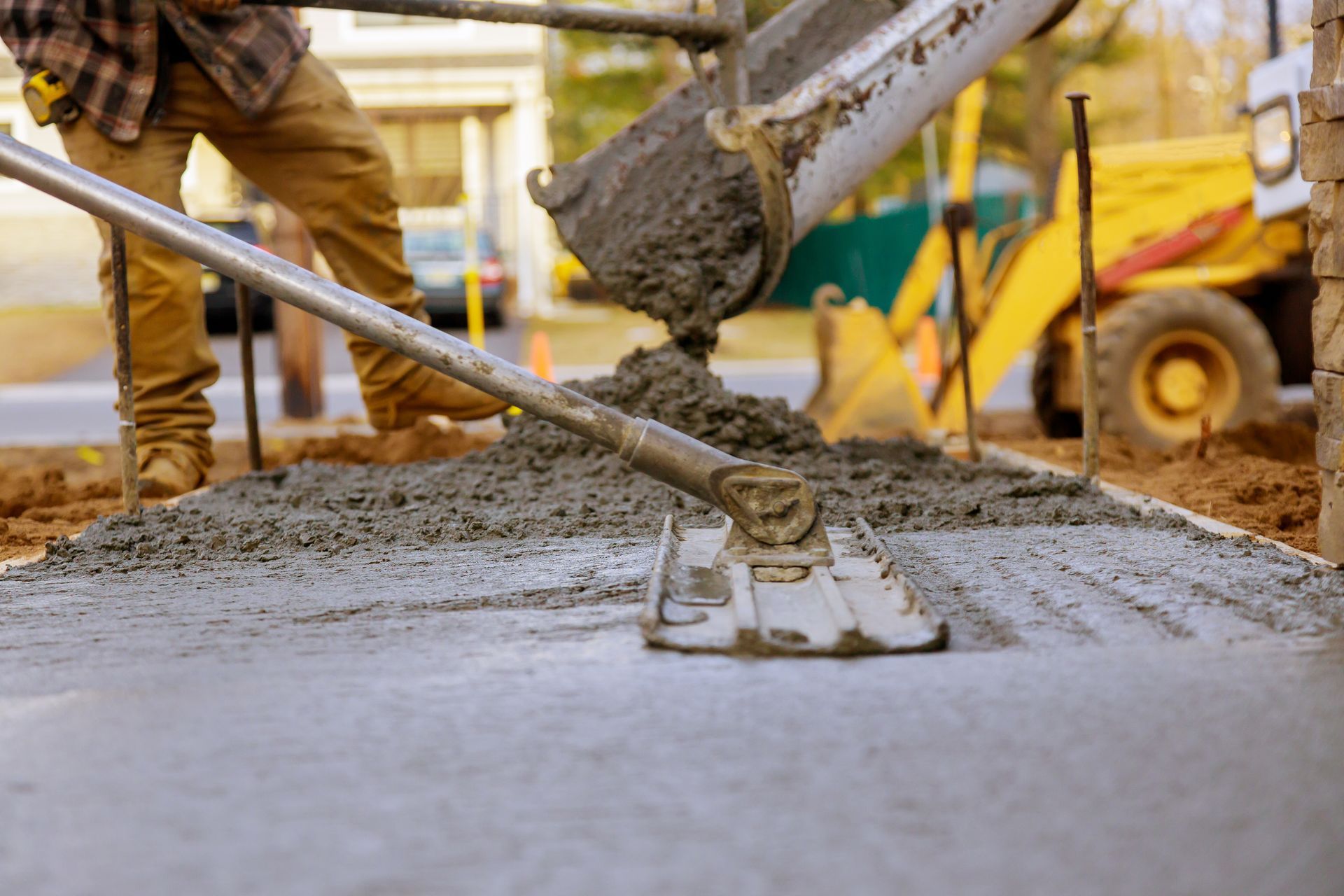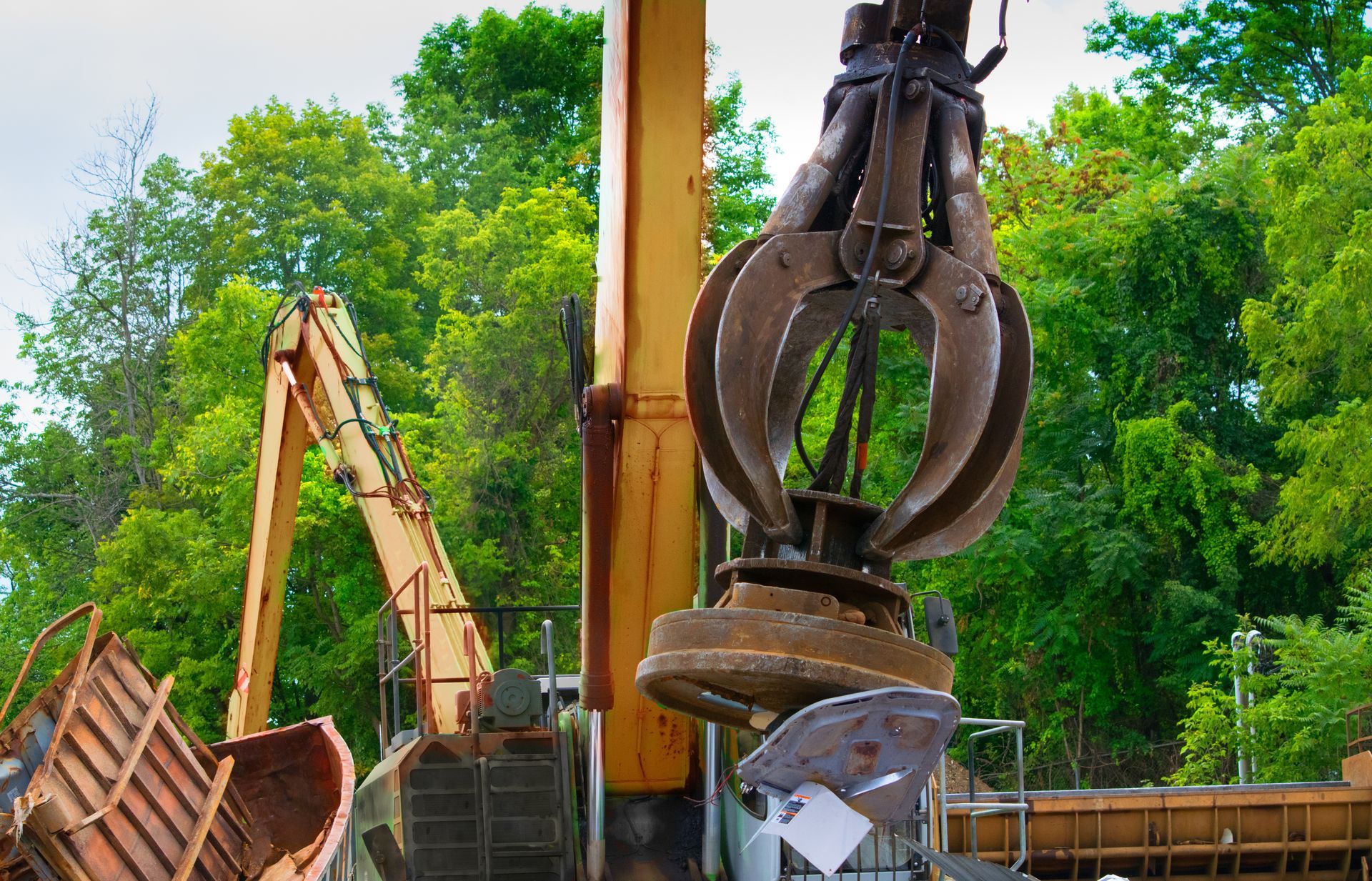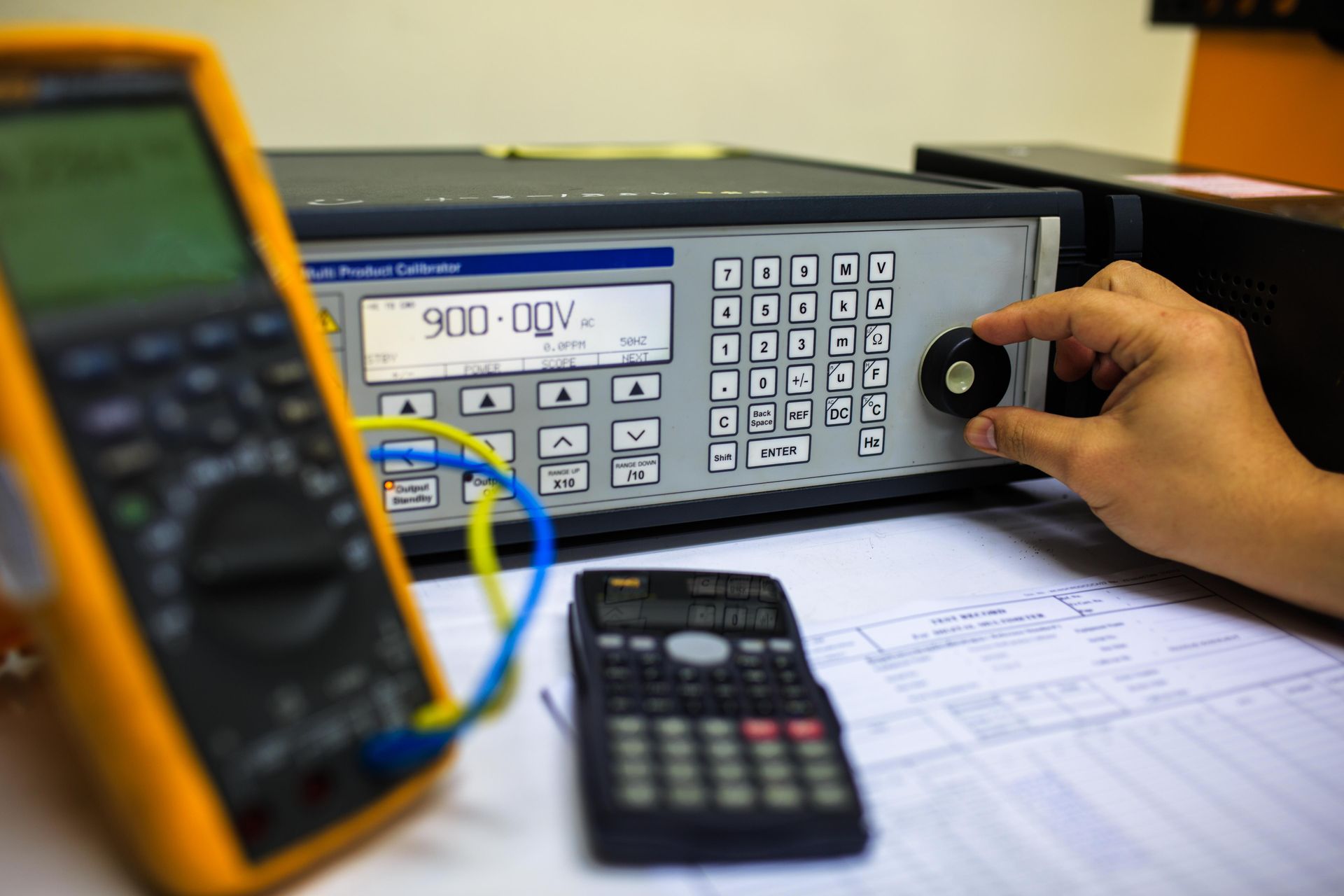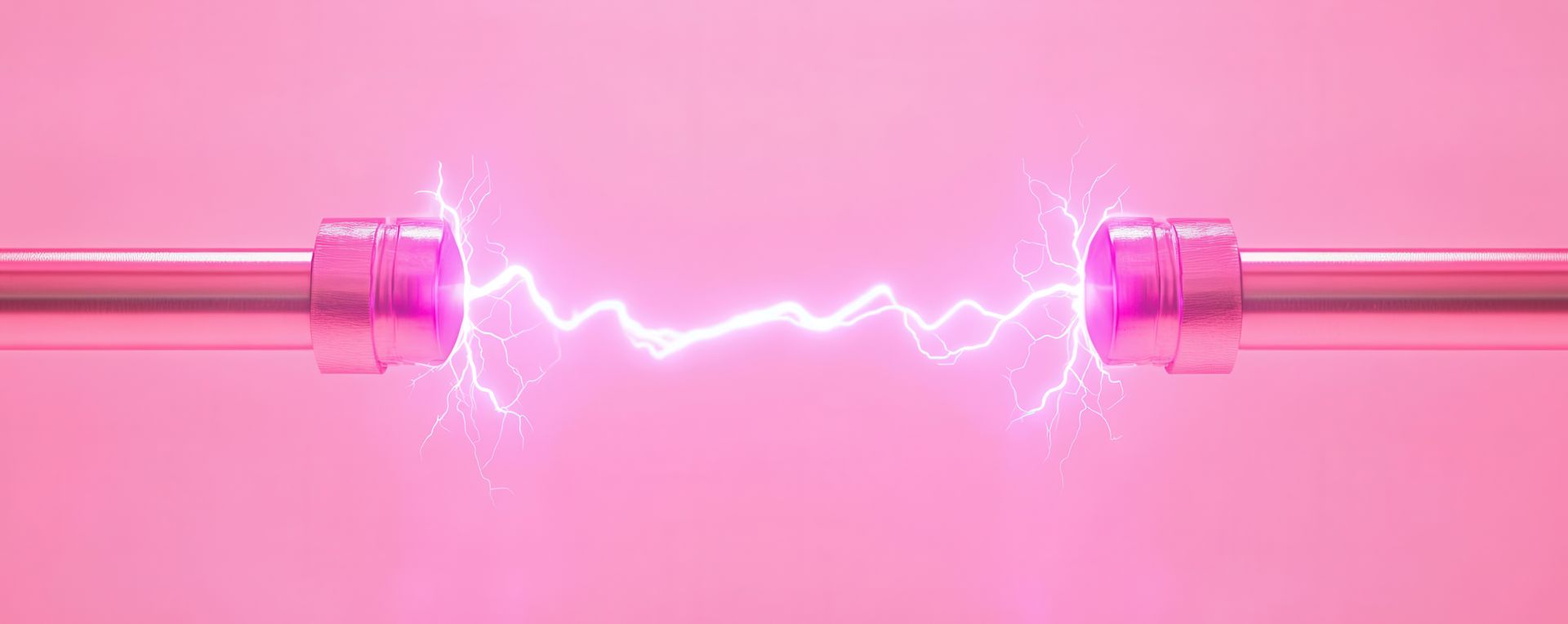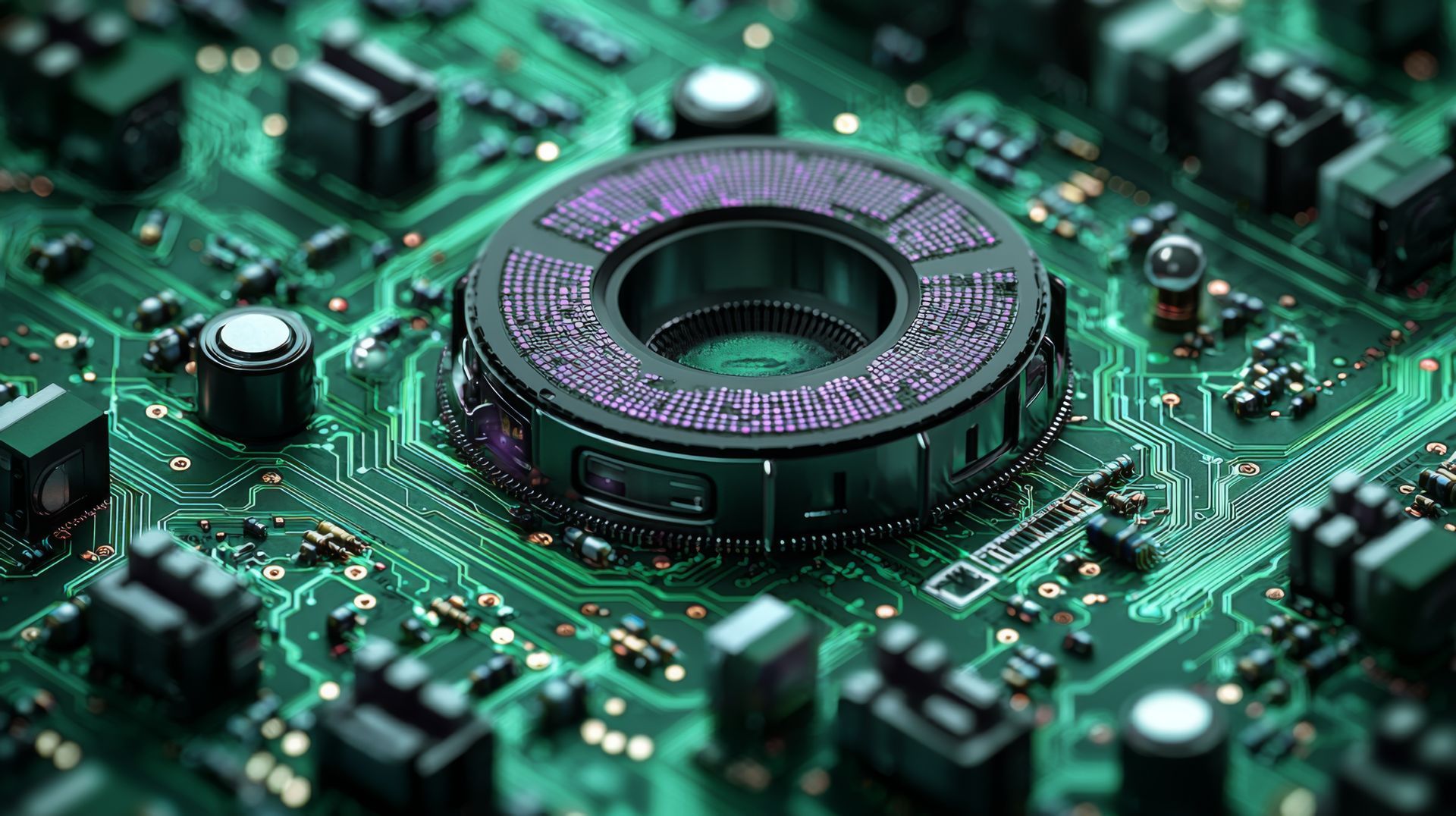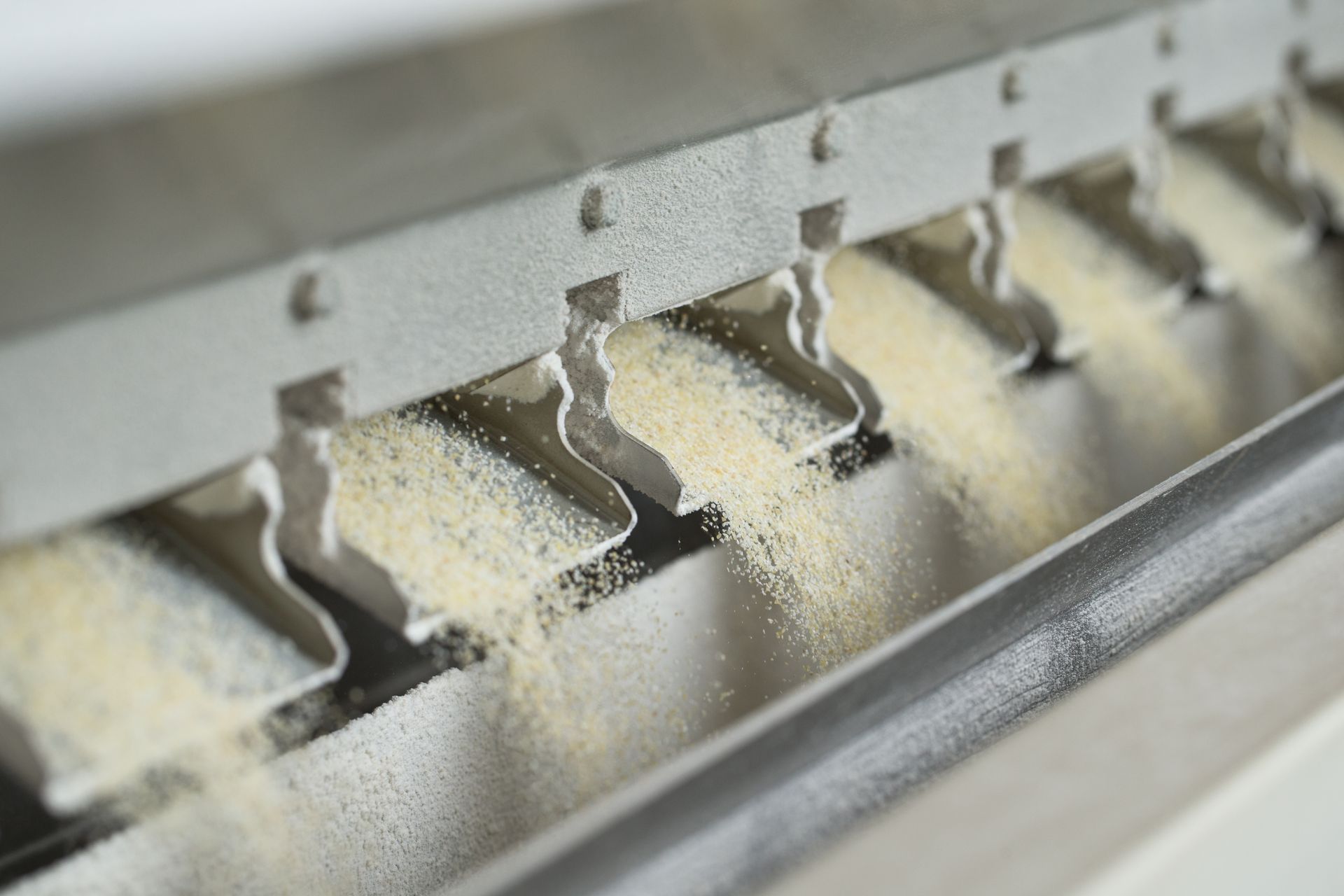5 Strategies for Accurate Magnetic Field Measurements

Omnipresent yet elusive, magnetic fields play a crucial role in various industries, from fundamental physics to industrial applications and medical diagnostics. After all, accurate magnetic field measurements are essential for advancing research and technology and gaining deeper insights into these phenomena.
But how do we ensure accurate magnetic field measurements and readings? Through meticulous research and experimentation, we present 7 comprehensive strategies tailored to ensure precise magnet measuring in magnetic fields. Whether you’re a seasoned researcher or a curious enthusiast, this article will guide you, illuminating the path to reliable and insightful magnetic field analysis.
Choosing the Right Tool
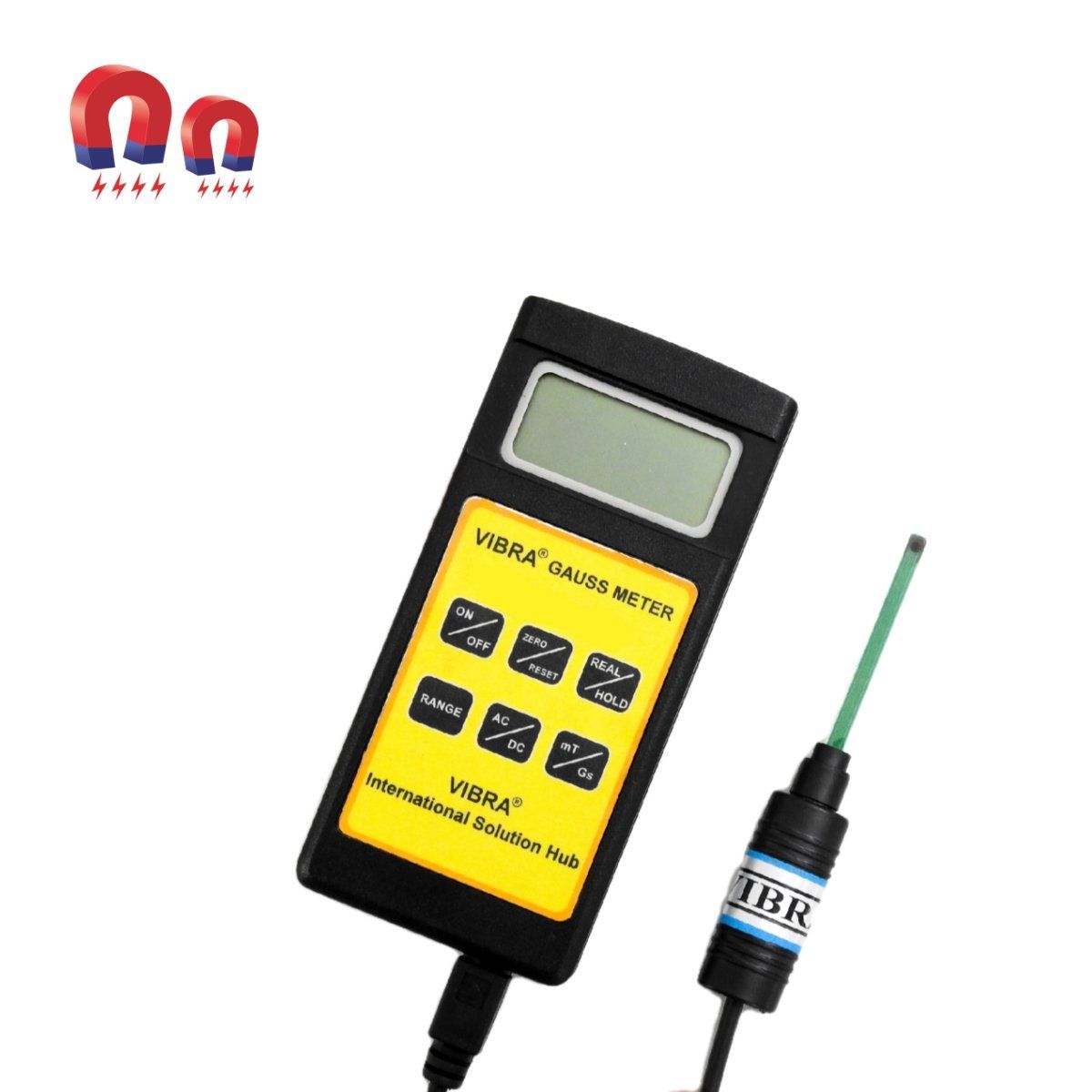
When measuring magnetic fields, picking the right tool is important. Choosing the wrong or unsupported tool will lead to inaccurate readings, which in turn will lead to misinterpretation of data and findings.
Different tools work better for different jobs. For magnetic fields, you might need a Gauss meter or a Tesla meter. These tools can accurately measure the strength and direction of magnetic fields. Understanding their sensitivities, range, and interferences ensures reliable data collection.
Calibration
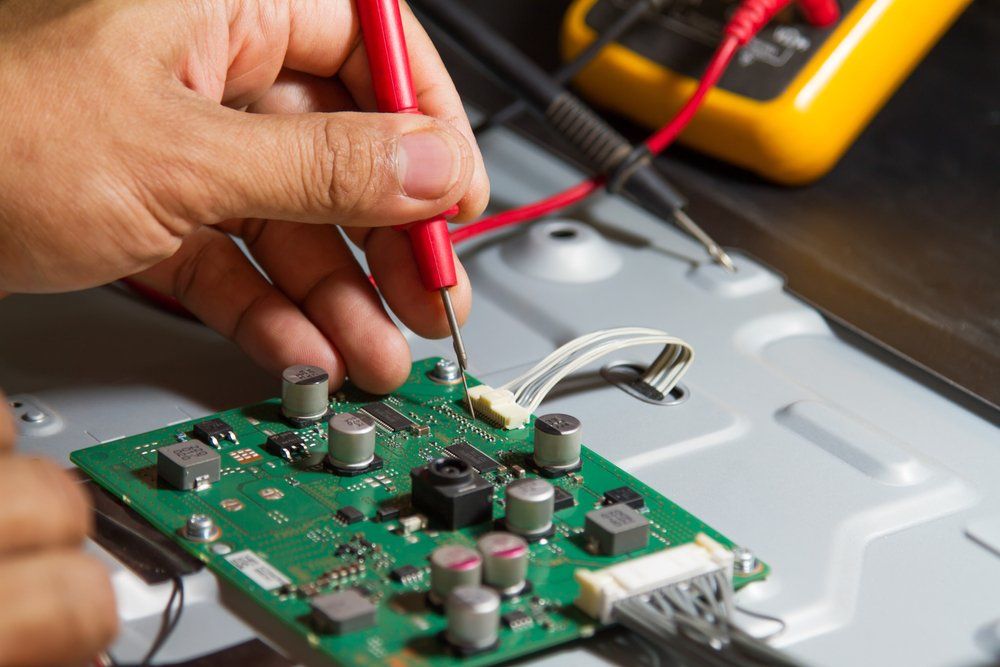
Calibration is a process that involves meticulously aligning instruments and tools to known standards in magnetic field measurements to check for any inherent bias or inaccuracies. Regular calibration checks that adhere to local or international standards can help mitigate drift and ensure consistency over time.
This meticulous attention to calibration not only enhances the precision of magnetic field measurements but also instils confidence in the data’s reliability across various scientific and industrial applications.
Shielding
The purpose of magnetic shielding is to ensure a controlled environment for accurate field measurements. Shielding mitigates external electromagnetic interference by employing materials with high magnetic permeability, such as mu-metal or permalloy, to attract, concentrate, and deflect magnetic field lines.
This isolation minimises stray magnetic fields from nearby equipment or ambient sources, enhancing the signal-to-noise ratio. Effective shielding not only protects sensitive instruments but also ensures reliable and reproducible measurements in various fields, including physics research, medical diagnostics, and industrial applications.
Positioning
Proper placement and positioning of sensors or probes is vital to minimise interference from external sources and maximise signal detection. Factors such as distance from magnetic sources, orientation relative to the field, and shielding from electromagnetic noise influence positioning decisions.
Moreover, attention to sample positioning in relation to the sensor array enhances spatial resolution and ensures comprehensive field mapping. Thorough consideration of positioning optimises measurement precision, facilitating reliable data extraction for various scientific and industrial applications.
Environment Control
It is important to consider environmental control for an accurate magnetic field reading, as magnetic fields and tools are sensitive. Accurate readings can be obtained by minimising external influences such as temperature fluctuations, electromagnetic interference, and vibrations.
Additionally, shielding sensitive equipment from ambient electromagnetic fields and maintaining stable environmental conditions ensure the reliability and consistency of measurements.
Where can you get magnetic field measuring tools in Malaysia?
If you’re looking for magnetic field measuring tools like Teslameter or Gauss meter in Malaysia for your field, whether academic, industrial, or pure curiosity, Sematic Magnet has you covered.
Contact us today to learn more about what you need. Our experts will provide you with advice and guidance on the right magnet measuring tool for magnetic fields to ensure the right solution for your business, research, or project needs.
